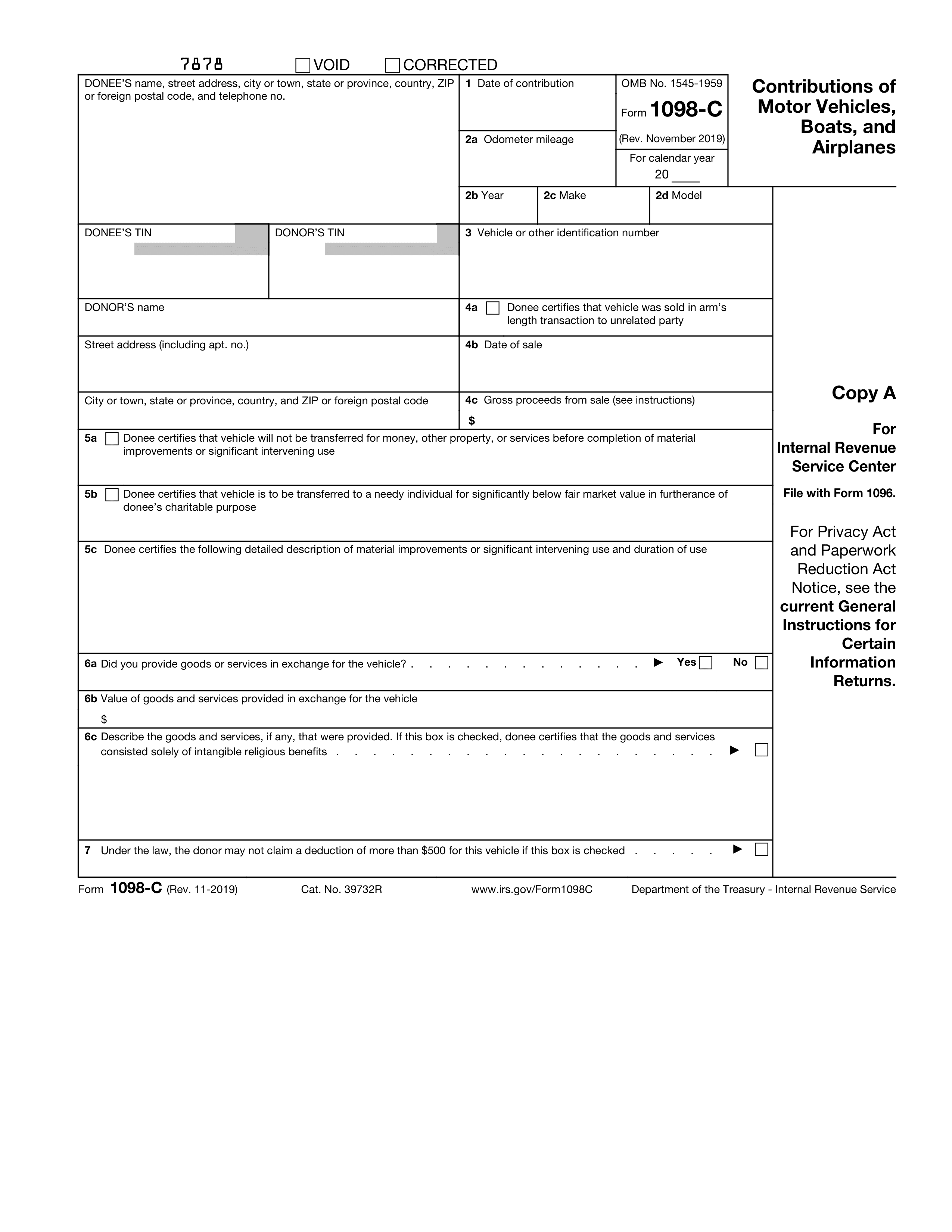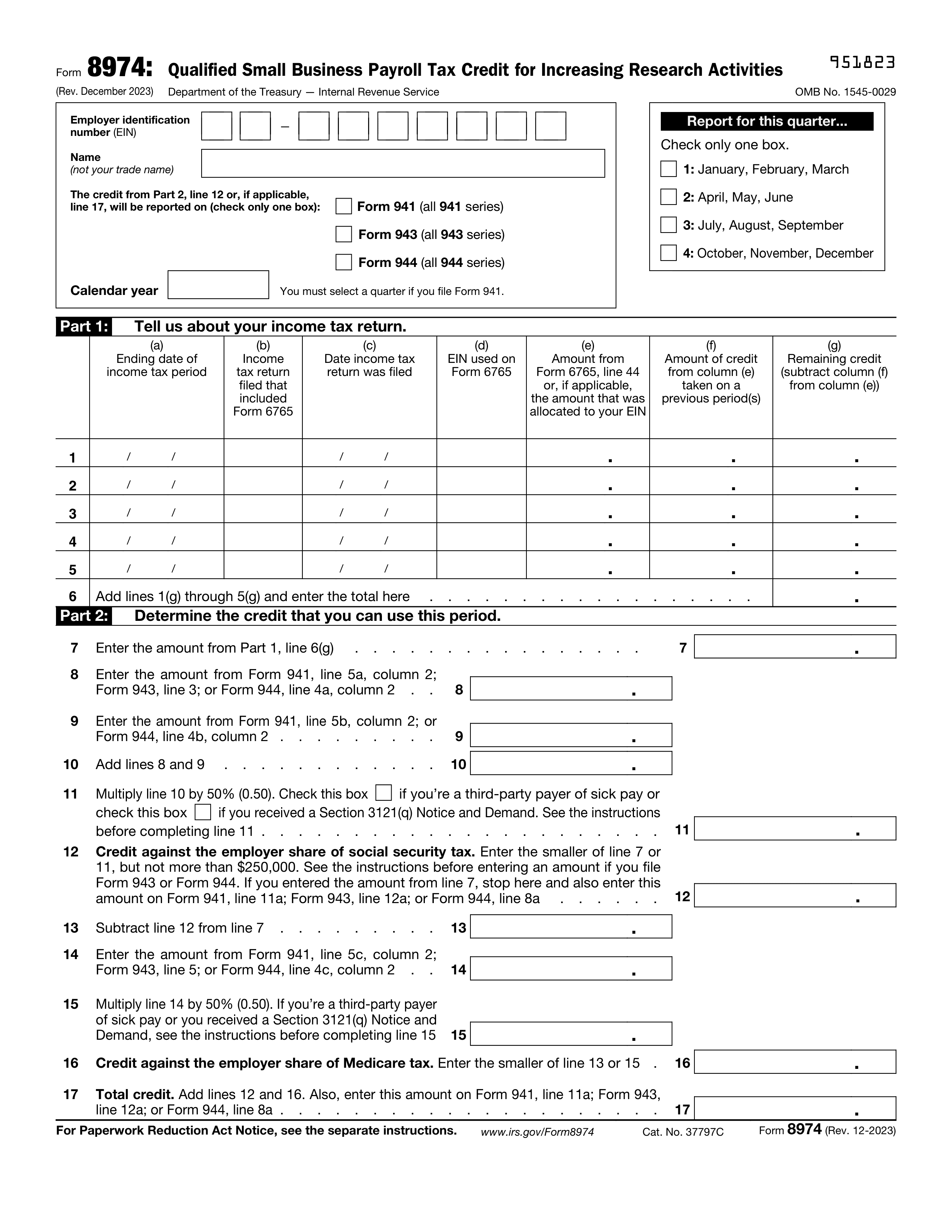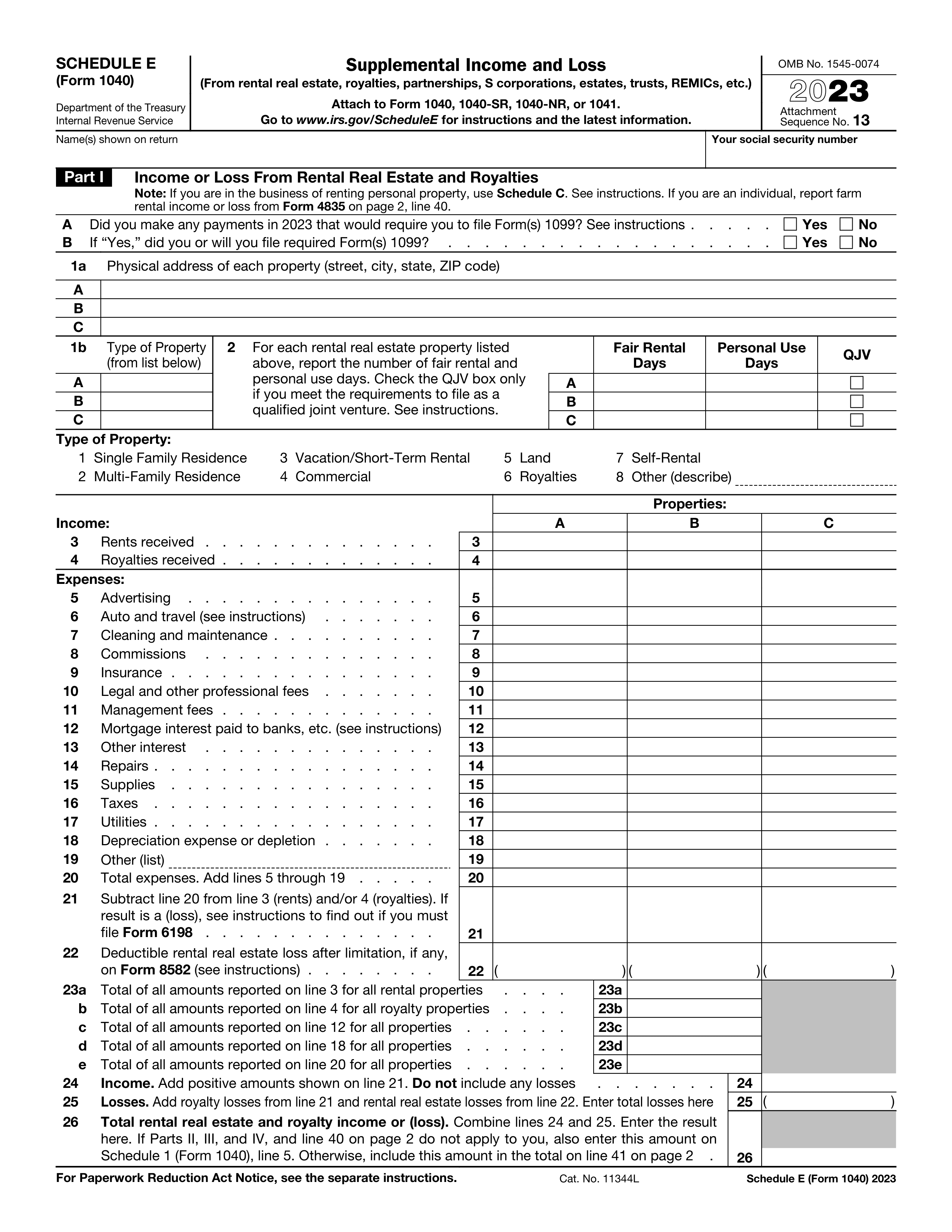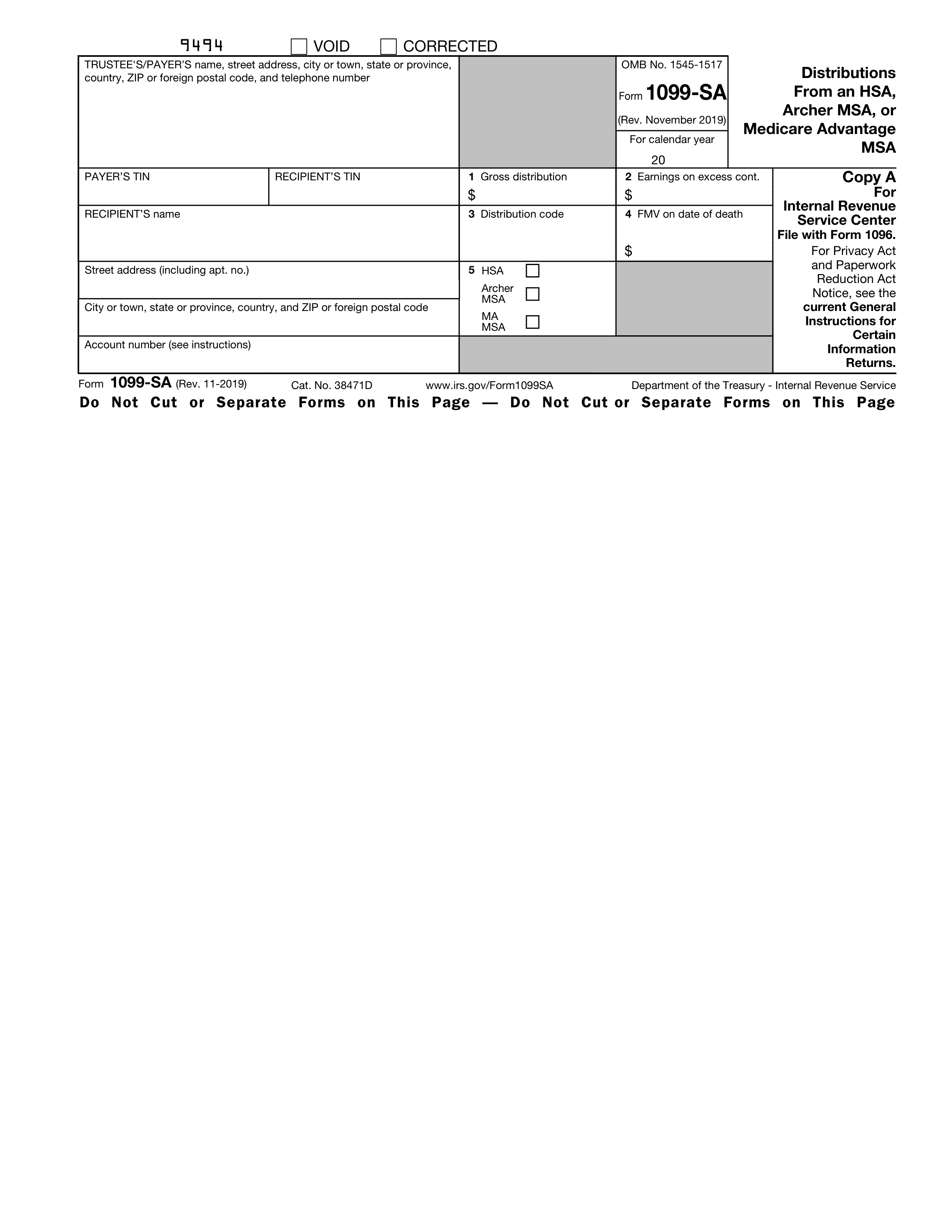What is Form W-3?
Form W-3, or the Transmittal of Wage and Tax Statements, is an important document that employers must submit to the Social Security Administration (SSA) each year. This form summarizes the total wages and tax withholdings for all employees, providing key information such as federal income tax withheld, Social Security wages, and Medicare taxes. By filing Form W-3, employers help the SSA track employee earnings and ensure accurate tax reporting and compliance with regulations. It is essential for employers to complete this form annually to fulfill their tax responsibilities.
What is Form W-3 used for?
Form W-3 is an important document for employers. Here’s what it’s used for:
- Summarizing Employee Data: Combines total wages, tips, and withholding from all employees' W-2 forms.
- Reporting to SSA: Submits this summary to the Social Security Administration.
- Reconciliation: Matches info from W-2 forms with related employment tax forms.
- Tax Compliance: Ensures accurate reporting of Social Security and Medicare taxes.
How to fill out Form W-3?
- 1
Gather all relevant Forms W-2 for the tax year.
- 2
Complete the Form W-3 by entering the total number of Forms W-2 attached.
- 3
Fill out the employer information, including name, EIN, and address.
- 4
Enter totals for boxes 1 through 8 from the W-2s.
- 5
Leave box 9 blank and fill out boxes 10-15 as needed.
- 6
Review for accuracy before the deadline.
Who is required to fill out Form W-3?
Employers who file Form W-2, Wage and Tax Statement, are responsible for completing Form W-3, Transmittal of Wage and Tax Statements. This is essential for summarizing and transmitting W-2 forms to the Social Security Administration (SSA).
The SSA uses Form W-3 to collect summarized data from employers, facilitating the processing of employee wages and tax information.
When is Form W-3 not required?
You don't need to file Form W-3 if you have no employees or if you didn't withhold any income, Social Security, or Medicare taxes from wages. Additionally, if you paid employees less than $600 in wages for the year, filing a W-3 is not necessary.
When is Form W-3 due?
The deadline for Form W-3 is January 31 each year. If this date lands on a weekend or holiday, the due date shifts to the next business day. You may request a one-time 30-day extension by submitting Form 8809, but this is not automatically granted and requires a valid reason.
How to get a blank Form W-3?
To get a blank Form W-3, simply visit our website. The Internal Revenue Service issues this form, and we have a blank version pre-loaded in our editor for you to fill out. Remember, our platform helps with filling and downloading, but not filing forms.
How to sign Form W-3?
If you are filing a paper Form W-3, sign by hand in the designated signature box at the bottom of the form. If a transmitter or third-party is authorized to sign for the employer, they must write “For (name of payer)” next to the signature.
For electronic filing, the authorized signer uses a PIN or other IRS-approved electronic signature method through the Social Security Administration’s Business Services Online portal.
Where to file Form W-3?
To submit Form W-3, send it to the Social Security Administration (SSA). You can choose to mail it or submit it electronically.
If mailing, make sure your form meets IRS standards and is machine-readable. Photocopies won’t be accepted, so use the original.







